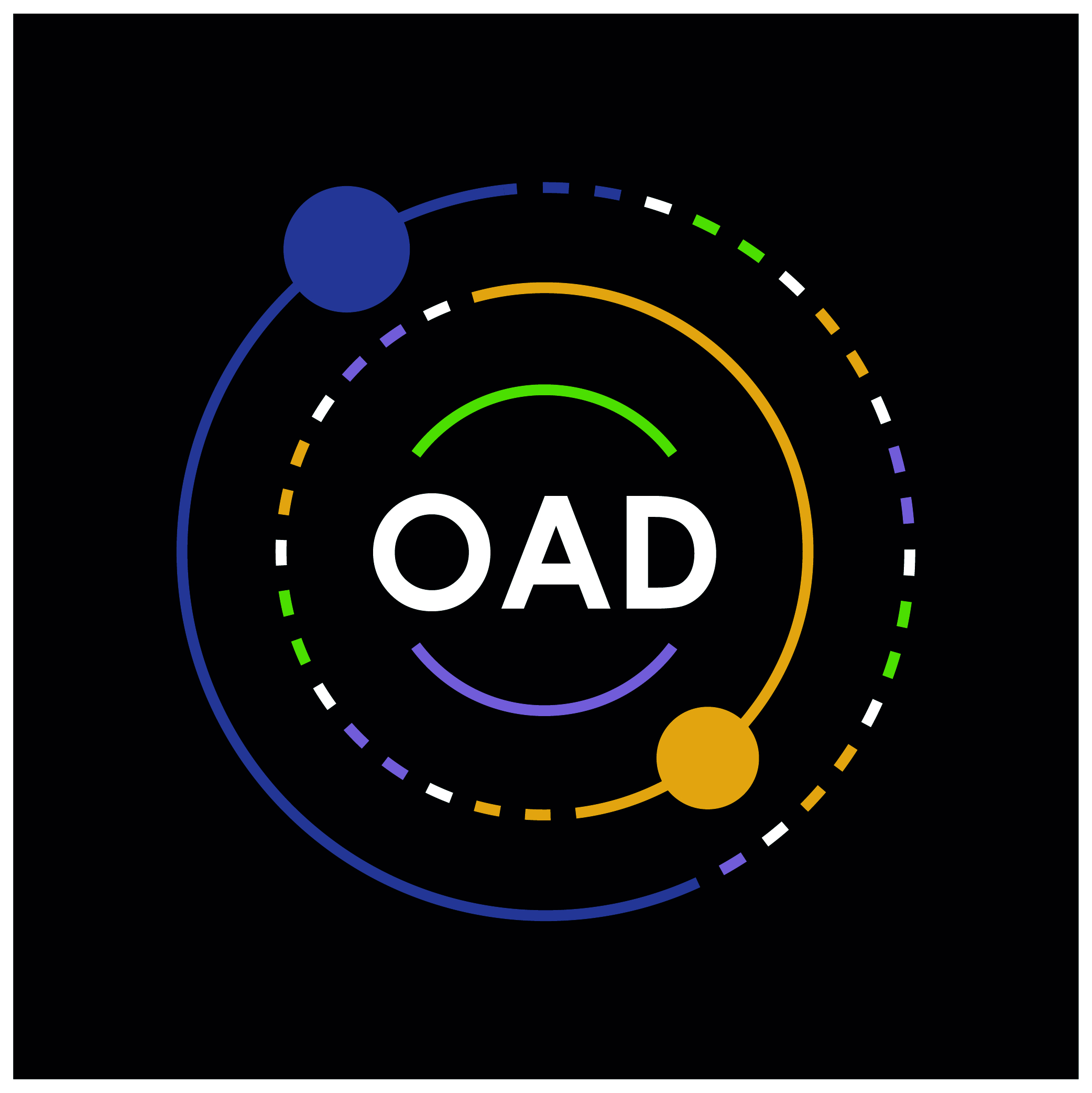Our BARCo proposal seeks to promote science education in Colombian rural schools by providing activities with resources available to them despite the absence of internet connectivity. We want to reach 100 schools in rural areas each with ~50 children ages 5-15, targeting ~5000 children total. We will send a box containing materials for conducting fundamental astronomy activities, games, and a USB drive with written and recorded instructions, and short interviews of Colombian astronomers. We will also upload all materials to our website (https://www.astroreca.org/en/educacion) and YouTube channel. Having these digital materials allow for reprinting and distributing the activity to other local rural and urban schools, expanding the project’s reach and ensuring its continuation in the following years.
Despite knowing that plastic is not the best choice from an environmental perspective, given the challenging access and geographical conditions of rural areas in Colombia, we are considering using a plastic box. The box will be organized by our team and sent to the schools with the help of local colleagues and educational organizations. In order to ensure that the activities are taking place correctly, we will ask teachers to take videos or photos and email them to us when possible. We will also motivate a final activity where each school makes a creative ‘Voyager Golden Record’ sharing their traditional customs and related astronomy knowledge. We will compile all these Records and upload them to our website for the world to see.
Astronomy is a universal science that transcends borders, languages, and cultures. Our project will bring together students from diverse backgrounds and identities to learn about astronomy and work on collaborative projects. We will foster greater understanding and cooperation among different groups in Colombia allowing networks between communities that may have historically been divided. Thus, this project will be a tool for promoting scientific literacy, social harmony, and peace in Colombia.
Activities
- 110 astronomy boxes shipped, at least two to each of the 32 departments. Each box holds a Spanish activity booklet, star maps, experiment materials, a “Colombian Astronomy Bingo,” a card game on women scientists, and a USB with short video guides.
- Online briefings (recorded for slow‑connection areas) and a WhatsApp Community administered from a shared project phone. Teachers use it to consult on the activities and swap ideas.
- Students participated in the activities offered in the box guided by their teachers. Some of the activities included building a Solar System scaled to Colombia, mapping local constellations, crafting a “nebula in a jar,” and recording a classroom “Voyager Golden Record” that captures local identity.
Deliverables
- Glossary: A booklet that provides key definitions and tables of units to clarify any technicalities and accompany the activities.
- USB: This includes videos that explain step by step each of the activities, and with complementary material that explains astronomical concepts, to guide teachers who execute the activities and do not have internet access. These videos are also available on our YouTube:
- Bingo game about astronomy in Colombia: Contains game instructions, 16 cards, and 3 cut-out pages with 21 characters, events, and places related to astronomy in the country.
- Card game “Mujeres que Inspiran” (Women who inspire): Includes instructions, 35 cards with the history of Colombian women scientists, six jokers representing areas of research, 19 challenge cards (easy, medium, and difficult), and a constellation board.
- General astronomy didactic (activity booklet + physical material for the activities): Contains a total of 6 activities, each detailed with the necessary materials, step-by-step instructions, feedback questions, and their answers, as well as supplementary material to support each activity.
- Game: Astronomical Connections- Students must create and explain connections between different astronomy concepts listed in the glossary.Classroom activities
-Solar System to scale distances and sizes: In this activity, we visualize the size of the solar system using a scale that represents Colombia.
-Local night sky: Know and identify your sky: It consists of a map of the sky showing the arrangement of stars and other celestial objects on a given date.
-Stellar Birth and Death: Nebula in a Jar: what a nebula is and its importance in astronomy, as the home of stars. In addition, it can remain as a decoration for the future.
-Galaxies and Cosmology: Discovering Our Cosmos: In this activity we will learn about the origin of the universe and how we know that it is expanding thanks to the observations of galaxies that astronomers have made in the last century.
-Atmospheres of other planets: Take care of your surroundings: In this activity we are going to focus on understanding how the atmospheres of exoplanets are studied to know what their composition is.
-Golden Record: What would you send into space to let aliens know about you?: Our goal is for students to connect with their roots and appreciate the diversity of the place where they are, questioning what it is that they would show to the whole Universe.
Outcomes
- 2 000 students (ages 5-16) and 140 teachers completed at least two activities; most covered five or more.
- Science or astronomy clubs established, and 86 schools that made part of the project in 2024 are continuing with the project
- 70 % of surveyed teachers report increased curiosity and more classroom questions amongst students. The horizon of possible dreams and vocations for many students was broadened, aspiring now to be scientists and astronauts.
- 88 % of teachers say they now use new methods learned from the kit; average ratings for clarity, relevance, and student engagement top 4.6 / 5. Many are eager to run the same lessons this year (2025) and have included them in the class plans.
Contact Natalia Oliveros-Gomez


